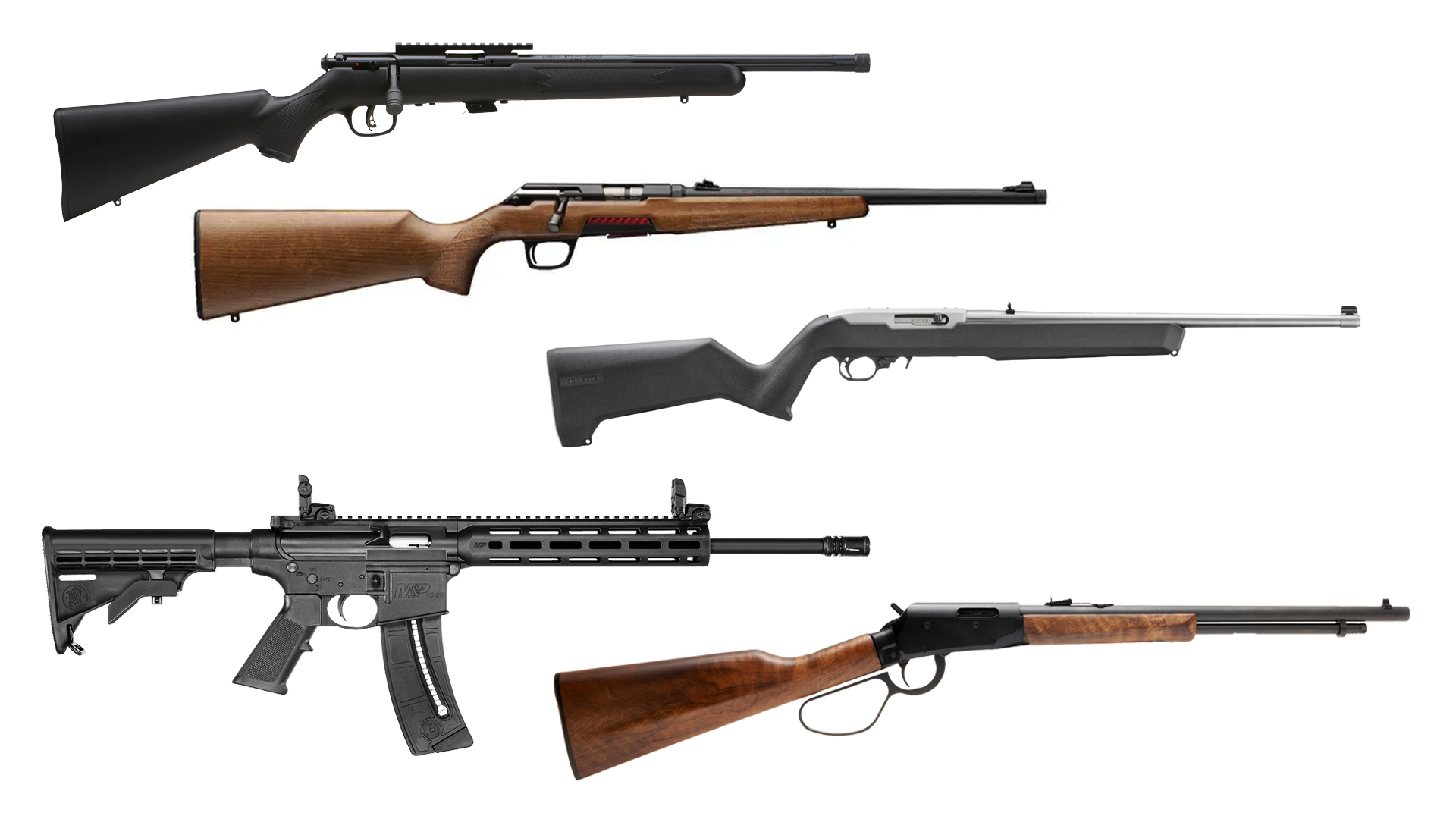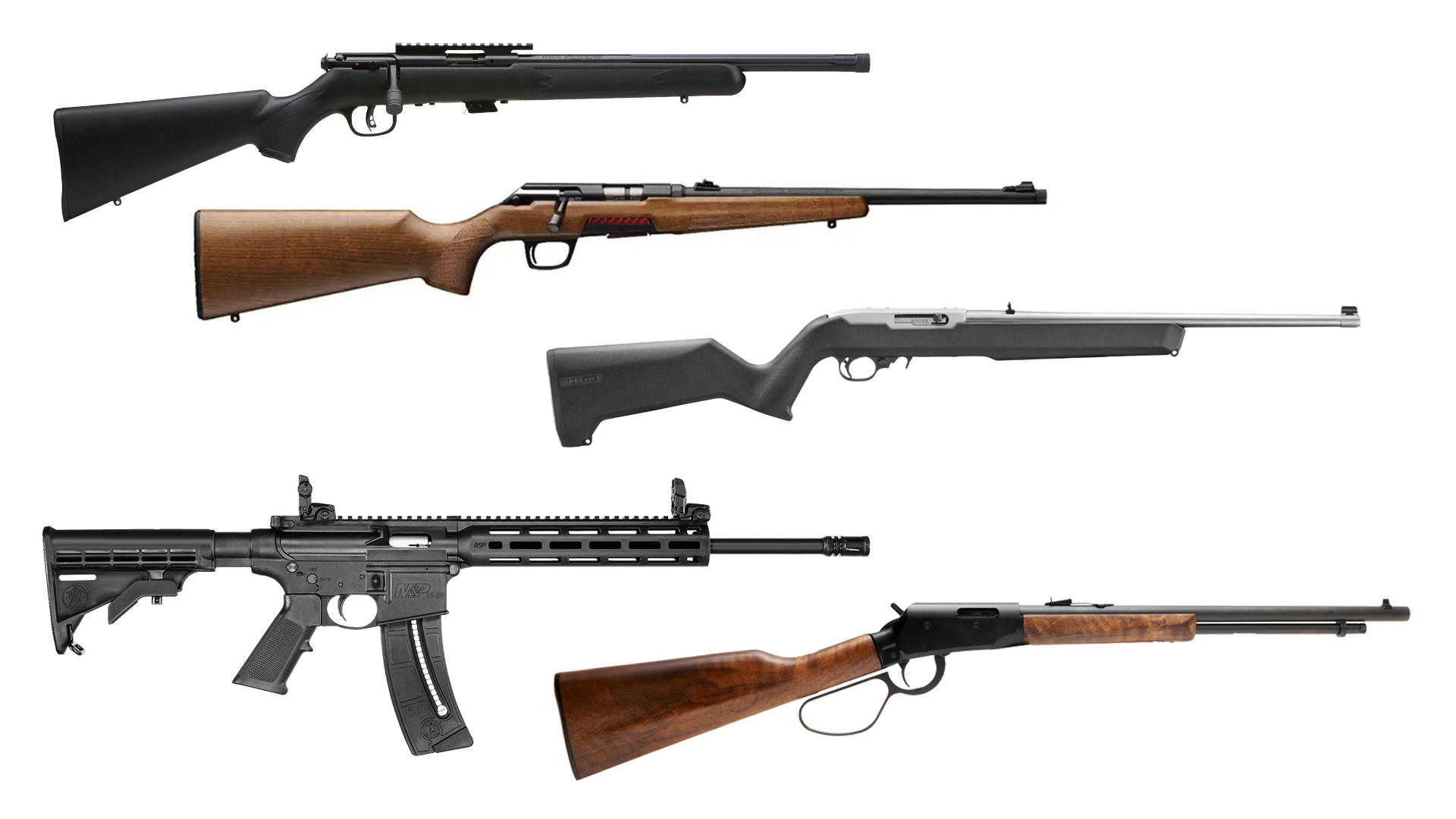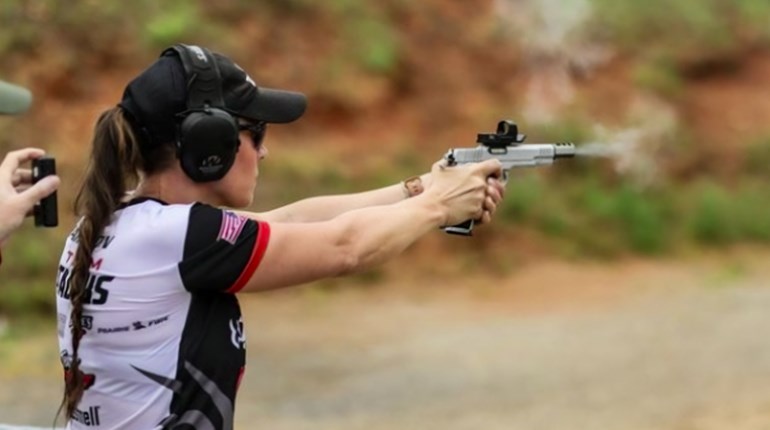
Back in 2022, I discussed the importance of a regular fitness program for competitive shooters. Admittedly, I am biased; you see, I own a private personal training studio in Sioux Falls, South Dakota, where I work with people like you and me every day, as well as a few professional athletes. Because of that, I firmly believe making strength training and fitness a part of your weekly routine will improve every aspect of your life, including our sport. In my original article, I confessed I haven’t been as wildly successful in USPSA as others, but I still love getting out and competing with friends on a sunny day.

Imagine my surprise one afternoon when I was scrolling Instagram and saw Justine Williams running cone agility drills with her pistol-caliber carbine in a gym. Here’s a wildly successful USPSA competitor, training to represent our country in Czechoslovakia—in a gym—training like one of my athletes. One of the best in the game prioritizes strength training and fitness to improve her skills running USPSA stages. So I contacted her, curious if she could tell me more about how her time in the gym has translated to faster competition times. Always the gracious and humble person she is, she was more than happy to tell me more and help explain why gym time is just as important as dry-fire drills.
Justine’s fitness story started like many others. This world-class competitor admitted she initially stepped into the gym to gain some muscle and lose body fat. She wanted to take her “off-season” from shooting matches and hit the gym hard.
“My shooting skill far exceeds my physical skill, and I wanted to improve, feel better, and be more confident about myself,” she said. “When I realized I made the overall team for the PCC World shoot, I did not want to be the ‘weak’ link and hold my team back. I’ve been consistently going to the gym for six months, and it was one of the best decisions I've made, not just for my career but for myself.”
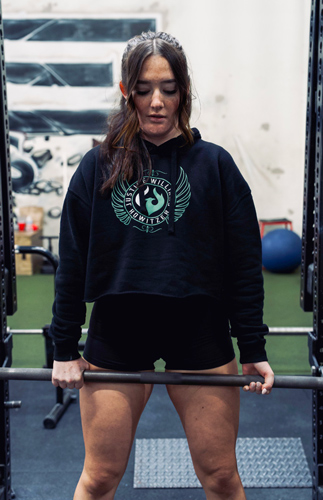
But how has hitting the gym carried over to her sport or running a stage?
“I’ve noticed all the gym work I’ve been doing directly correlates with shooting. I feel lighter on my feet and more explosive. I don’t get as tired as quickly, and feel more energy through the stage,” Justine told me. “I’ve also been told that I look faster on my feet, which is always great to hear.”
As many of us know, running a USPSA stage is more than just physical; there’s a mental component as well—from planning to staying focused, and sticking to that plan even when something goes wrong. I firmly believe challenging workouts carry over into other aspects of life and teach us mental toughness. Justine has seen that carry over as well. Like Kobe Bryant, she calls it “Mamba Mentality.” No matter how tough it is or how you’re feeling, you don’t quit—you push through.
So how can you start a strength training or fitness routine to help your USPSA shooting? Start slow and simple. A fitness routine is like building a Lego house—start with the basics and go from there. I never want people to train muscle groups; instead, I teach my clients five basic movement patterns: squat, hip hinge, upper body push, upper body pull and a carry. You need to do squats and hip hinges to strengthen your legs. Your lower body is your foundation. Strong legs will help you drive your hips from target to target and get to the next shooting position. A strong upper body will give you better control of the gun. Each movement is scalable, so you can start with the basics and build on it, making consistent progress over time.
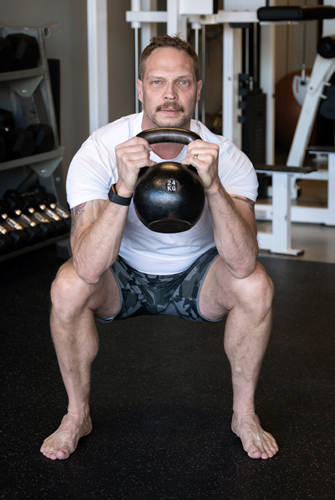
Once you’ve been working on these movements for a while and feel confident in them, then I’d challenge you to add some explosive work. This could be a box jump, clapping push-up or even some cone agility drill like Justine does with her pistol-caliber carbine. The biggest thing to remember is to progress slowly. I tell all my clients I’d rather see them do 10 quality technique focused reps and be done than add on two more bad ones and risk injury.
For most of us, weekend USPSA competitions are a great way to spend time with friends and enjoy shooting. Many of us will never compete at the level that Justine has achieved, but success indeed leaves clues. For her, spending time in the gym has been one of the most significant additions to her training.
“I used to say that you could get away with just shooting well without needing anything else,” she said. “Not only has the gym made my shooting better than ever, but I also feel better and have more confidence on and off the range. Although you don’t have to go to the gym every single day, I 100 percent recommend incorporating some physical activity to help improve your shooting.”
So I challenge you to add strength training to your weekly schedule. I promise you’ll feel stronger, quicker and more explosive on the range while running and gunning. It might be the difference between finishing just ahead of your trash-talking buddy or losing to him.
Article from the March/April 2025 issue of USPSA’s magazine.

